
Distributed Ledger Technology (DLT) has revolutionized various industries, and its application in sustainable investing is no exception. Tokenized carbon credits, the future of sustainable investing, are forging a path towards a greener and more sustainable world. The ability to tokenize carbon credits on distributed ledgers presents a plethora of opportunities across different sectors, allowing individuals and businesses to seamlessly participate in the fight against climate change. In this article, we will delve into the historical background of tokenized carbon credits, its current state, practical applications, and its potential implications for the future.
The Historical Background of Tokenized Carbon Credits
Origins: Battling Climate Change
Tokenized carbon credits emerged as a means to combat climate change and reduce carbon emissions. The concept of carbon credits originated from the Kyoto Protocol in 1997, where countries committed to reducing their greenhouse gas (GHG) emissions to mitigate the effects of climate change.
Developments: Integrating DLT
The integration of distributed ledger technology into carbon credits gained traction in recent years. Blockchain-based platforms provided an innovative solution to enhance transparency, traceability, and efficiency in the carbon market. Tokenizing carbon credits on distributed ledgers enabled the seamless transfer and tracking of these credits, democratizing access to sustainable investments.
Milestones: Advancements in Tokenized Carbon Credits
Over time, significant milestones have been achieved in the tokenization of carbon credits. The development of platforms such as Veridium, Poseidon, and CarbonX allowed for the digitization and issuance of carbon credits in a secure and transparent manner. These platforms leveraged DLT to create a traceable and immutable record of carbon credit transactions, providing investors with confidence in the legitimacy of their investments.
Advantages and Disadvantages of Tokenized Carbon Credits
Advantages of Tokenized Carbon Credits
- Accessibility: Tokenized carbon credits open up sustainable investing to a wider audience, allowing individuals and businesses of varying sizes to participate.
- Transparency: DLT ensures transparency in the carbon credit market by creating an immutable record of transactions, reducing the risk of fraud or double-spending.
- Efficiency: Tokenization streamlines the process of buying, selling, and trading carbon credits, eliminating intermediaries and reducing costs.
- Traceability: Blockchain technology enables the tracking of carbon credits throughout their lifecycle, ensuring the credibility of carbon offset projects.
- Impact Measurement: Tokenized carbon credits provide a standardized metric for measuring the environmental impact of sustainable investments.
Disadvantages of Tokenized Carbon Credits
- Volatility: The tokenized carbon credit market can be subject to price fluctuations due to various factors, including regulatory changes and market sentiment.
- Complexity: Understanding the intricacies of tokenized carbon credits and the underlying blockchain technology can be challenging for individuals without a technical background.
- Regulatory Uncertainty: The regulatory landscape surrounding tokenized carbon credits is still evolving, leading to uncertainties and potential risks for investors.
Practical Applications of Tokenized Carbon Credits
Example 1: Offsetting Carbon Footprint
Tokenized carbon credits enable individuals and businesses to offset their carbon footprint by purchasing verified credits from sustainable projects. This allows them to take responsibility for their emissions and contribute to a more sustainable future.
Example 2: Funding Clean Energy Projects
Investors can use tokenized carbon credits to fund clean energy projects. By investing in renewable energy initiatives, these projects can generate additional carbon credits, creating a positive cycle of sustainability.
Example 3: Corporate Social Responsibility
Corporate entities can utilize tokenized carbon credits to demonstrate their commitment to sustainability and fulfill corporate social responsibility goals. Investing in carbon credits can enhance their environmental reputation and contribute to a cleaner planet.
The Future of Tokenized Carbon Credits and Sustainable Investing
Integration into Mainstream Financial Markets
As tokenized carbon credits gain wider recognition, there is a growing possibility of integration into mainstream financial markets. This would provide investors with more avenues to participate in sustainable investing while contributing to the global fight against climate change.
Technological Advancements and Scalability
The continuous advancement of distributed ledger technology is likely to present further opportunities for scalability and efficiency in tokenized carbon credit markets. Improved protocols and increased adoption may address current challenges and enhance overall market performance.
Establishment of Regulatory Framework
The establishment of a clear regulatory framework will be crucial for the growth and stability of tokenized carbon credits. Regulatory guidelines can ensure market integrity, protect investors, and foster confidence in the sector, thereby attracting more participants and capital.
Frequently Asked Questions
1. How can I invest in tokenized carbon credits?
To invest in tokenized carbon credits, you can explore platforms such as Veridium and CarbonX, which offer opportunities to purchase and trade carbon credits. It is advisable to conduct thorough research and seek guidance from financial professionals familiar with sustainable investing.
2. Are tokenized carbon credits a reliable investment?
While tokenized carbon credits offer several advantages, it is important to recognize the risks involved. The market can be volatile, and regulatory uncertainties still exist. Before investing, consider your risk tolerance and consult with financial advisors.
3. How are carbon credits verified?
Carbon credits undergo rigorous verification processes conducted by accredited third-party organizations. These verifiers assess the project’s adherence to specific standards and requirements, ensuring the legitimacy and environmental impact of the carbon offsets.
4. Can I sell my tokenized carbon credits?
Yes, you can sell your tokenized carbon credits on platforms where trading is facilitated. These platforms provide liquidity by connecting buyers and sellers, enabling you to monetize your carbon credits. However, it is important to assess market conditions and make informed decisions.
5. How do tokenized carbon credits contribute to the fight against climate change?
Tokenized carbon credits play a significant role in the fight against climate change by incentivizing sustainable practices and supporting carbon offset projects. By investing in tokenized carbon credits, individuals and businesses contribute to reducing greenhouse gas emissions and promoting renewable energy initiatives.
In conclusion, tokenized carbon credits represent the future of sustainable investing, harnessing the power of distributed ledger technology to combat climate change. This innovative approach offers numerous advantages, from accessibility and transparency to impact measurement and traceability. While challenges exist, the potential for tokenized carbon credits to revolutionize the sustainable investing landscape is undeniable. As we look towards the future, tokenized carbon credits are likely to become an integral part of mainstream financial markets, driving positive change on a global scale.
We’d love to hear your thoughts!
To join the conversation and share your insights on tokenized carbon credits and sustainable investing, please leave a comment below. We encourage an open and informative discussion to foster ideas and understanding within our community.
More in this category ...
Ripple companions with SBI Group and HashKey DX for XRPL answers in Japan
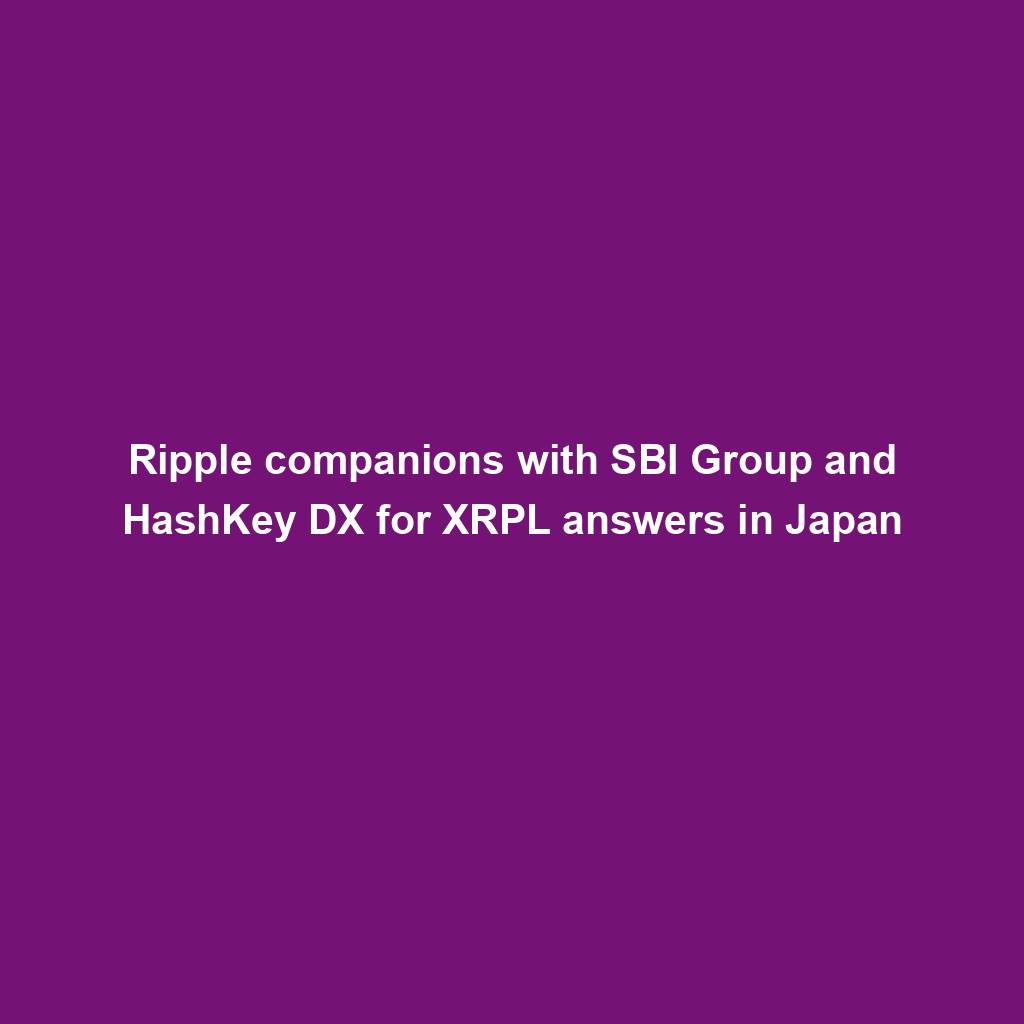
April sees $25M in exploits and scams, marking historic low ― Certik
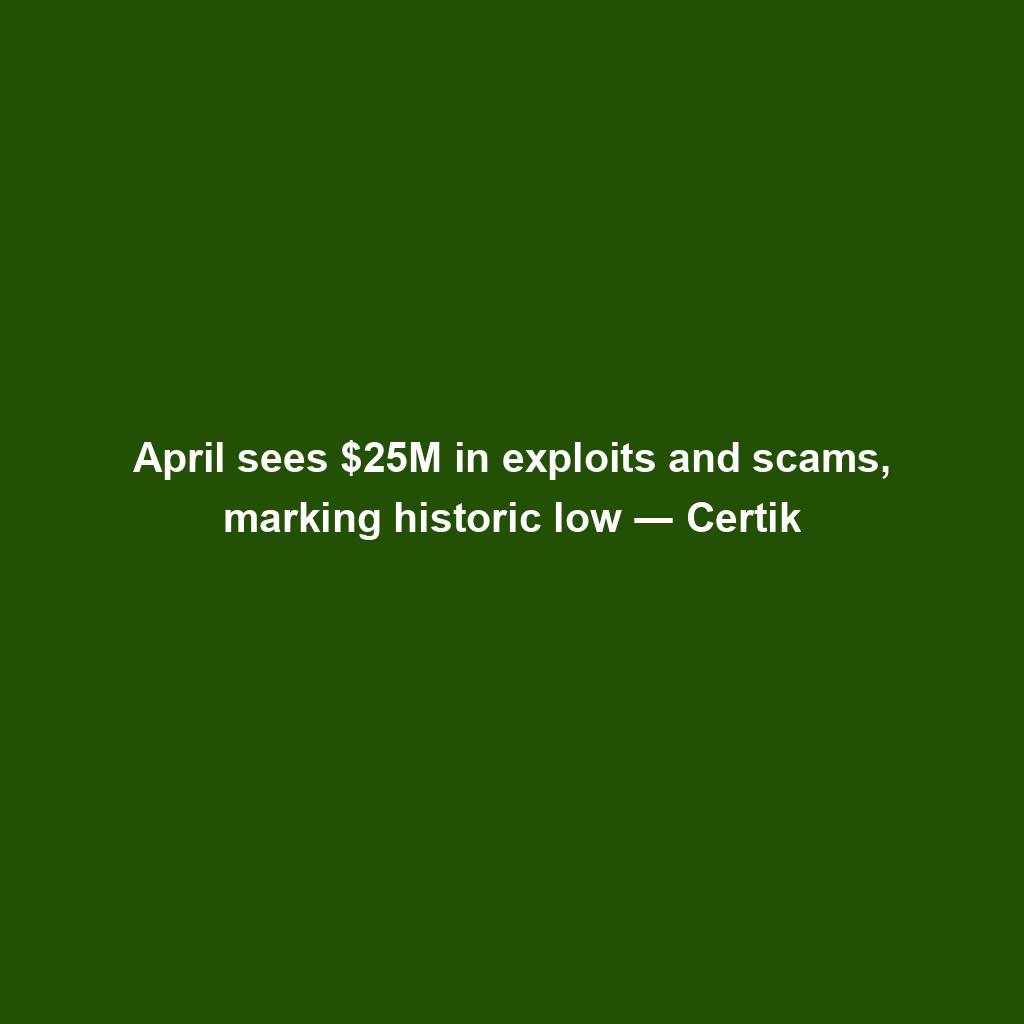
MSTR, COIN, RIOT and different crypto shares down as Bitcoin dips
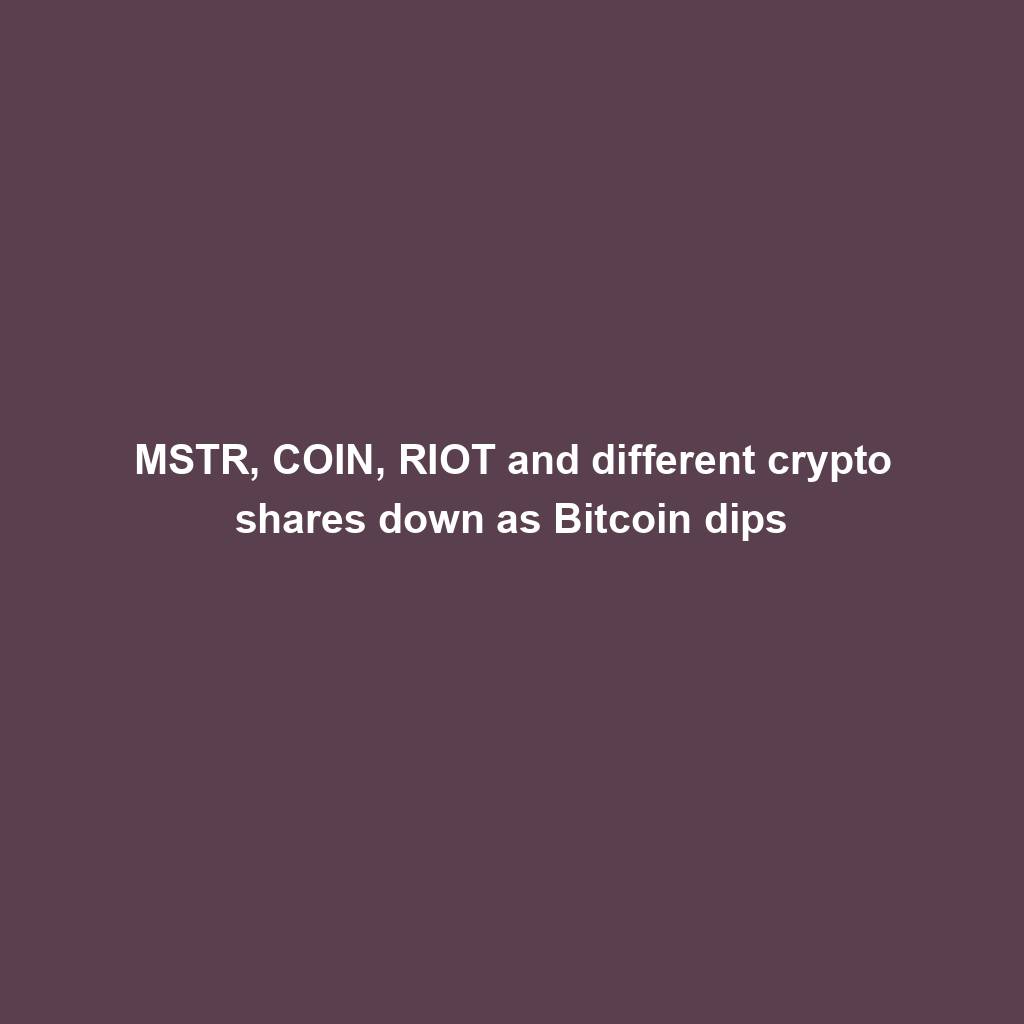
EigenLayer publicizes token release and airdrop for the group
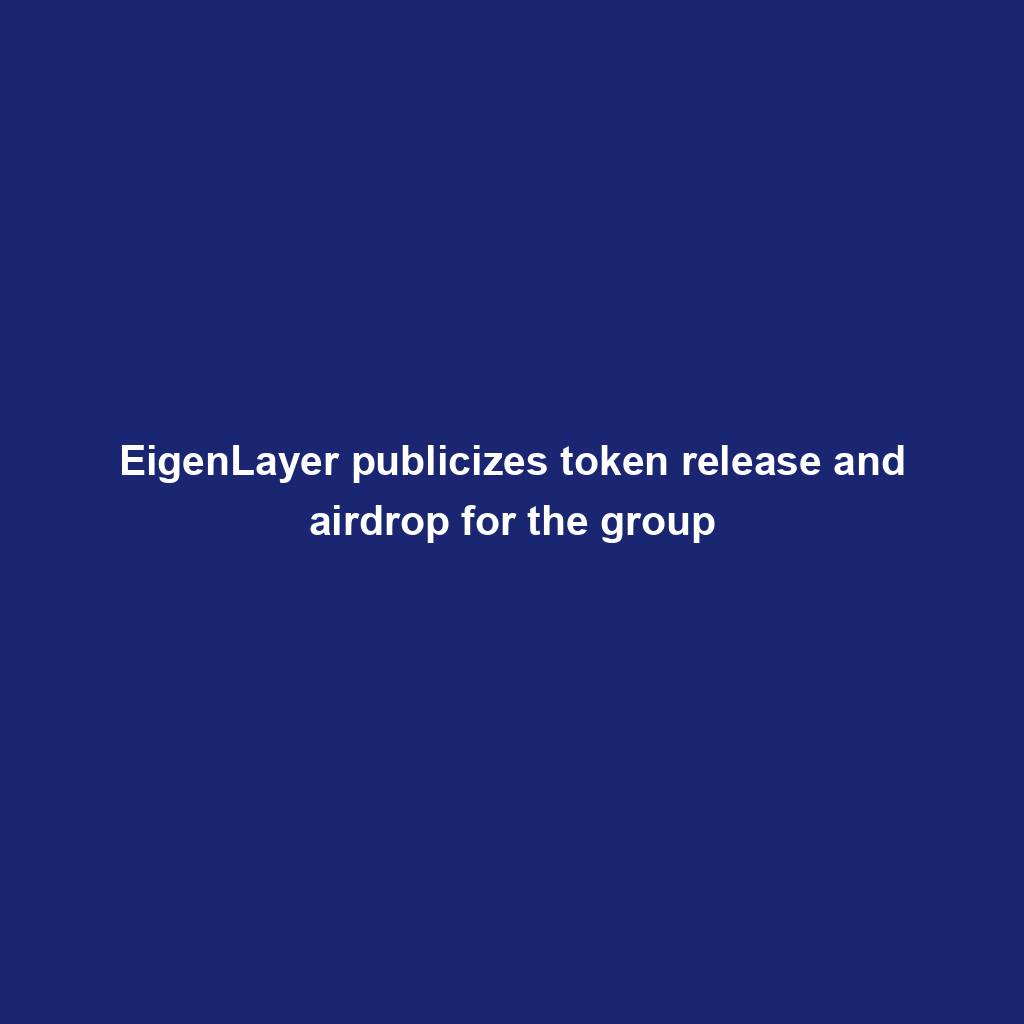
VeloxCon 2024: Innovation in knowledge control

Successful Beta Service release of SOMESING, ‘My Hand-Carry Studio Karaoke App’

Dogwifhat (WIF) large pump on Bybit after record reasons marketplace frenzy
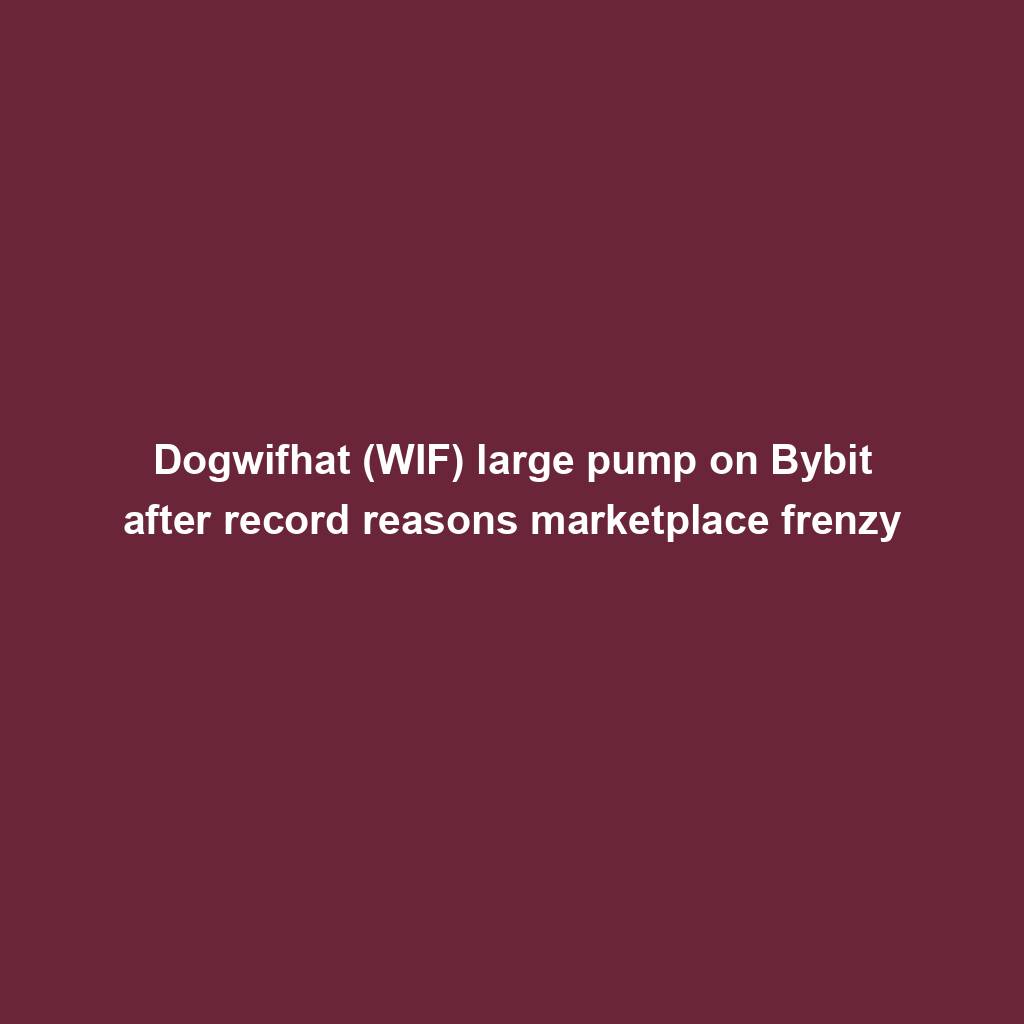
How fintech innovation is riding virtual transformation for communities around the globe
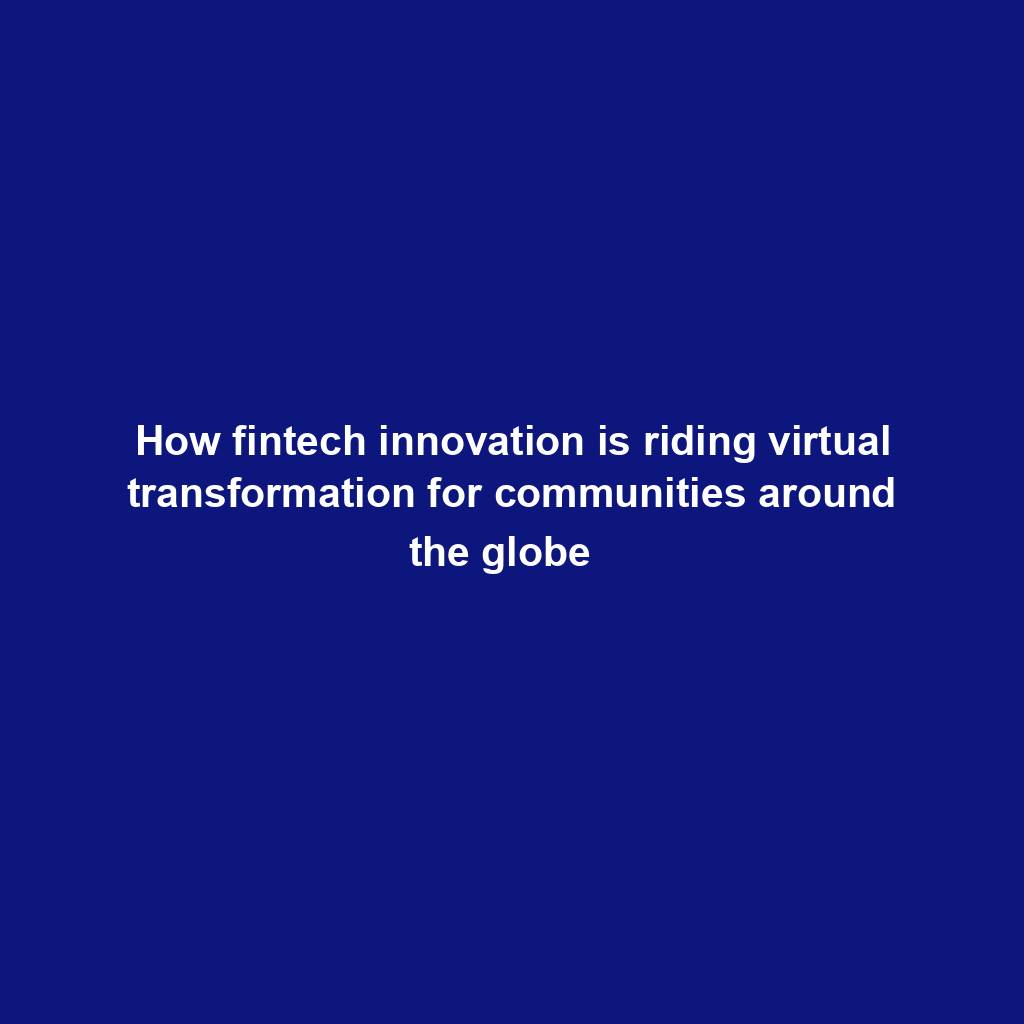
Wasabi Wallet developer bars U.S. customers amidst regulatory considerations
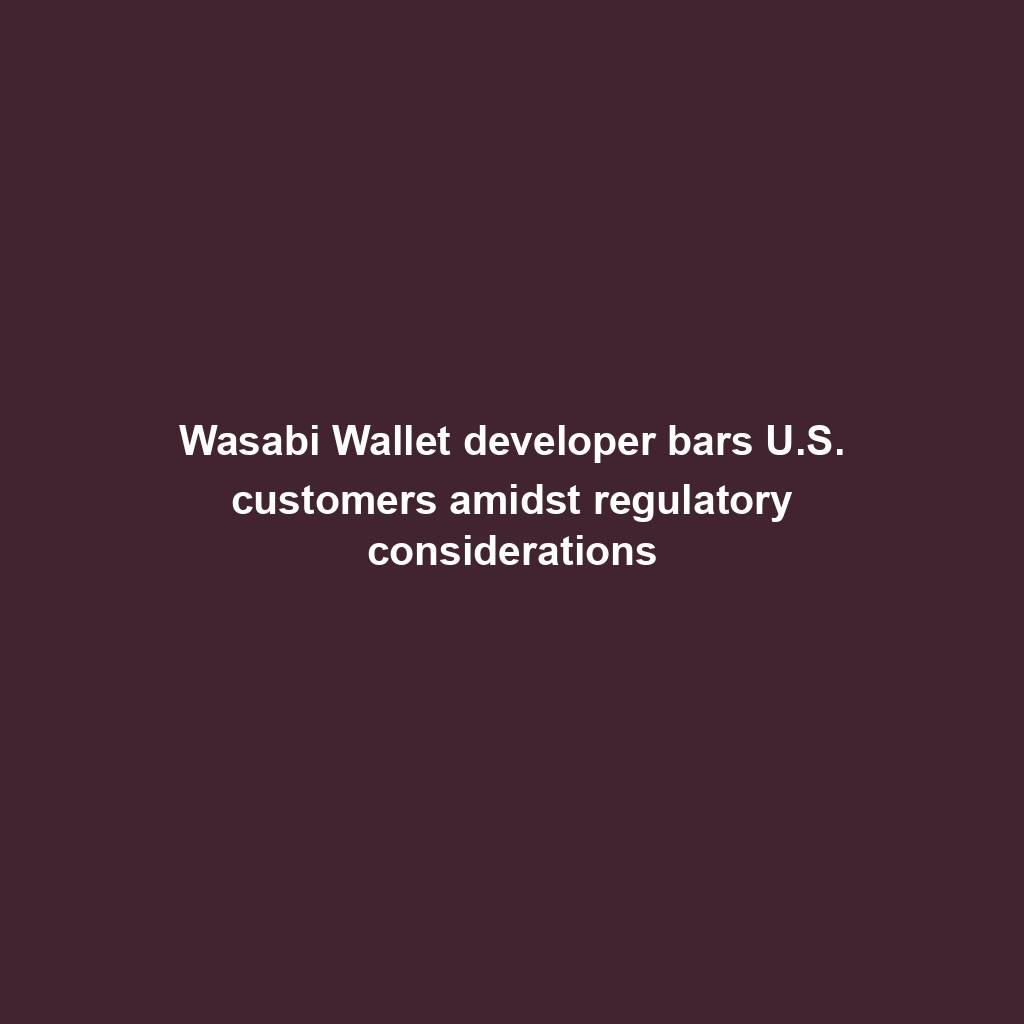
Analyst Foresees Peak In Late 2025
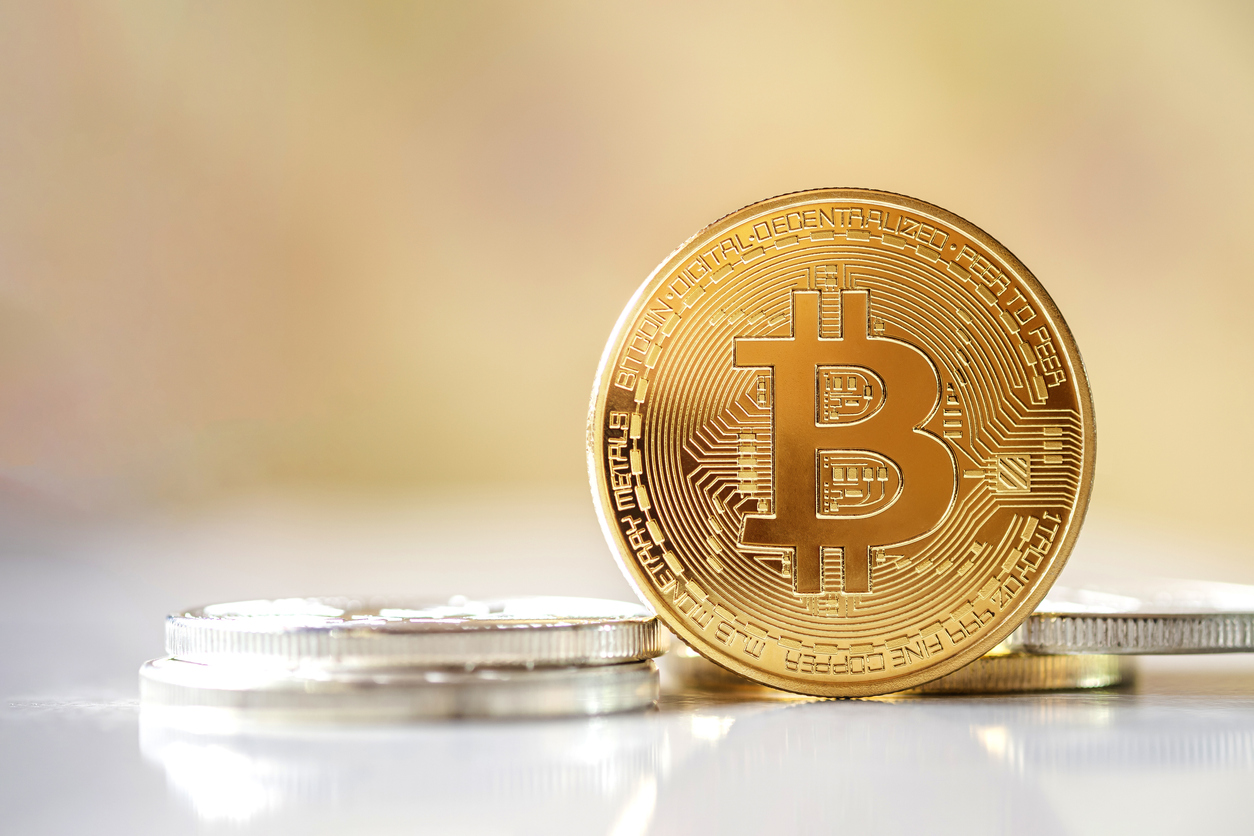
Solo Bitcoin miner wins the three.125 BTC lottery, fixing legitimate block
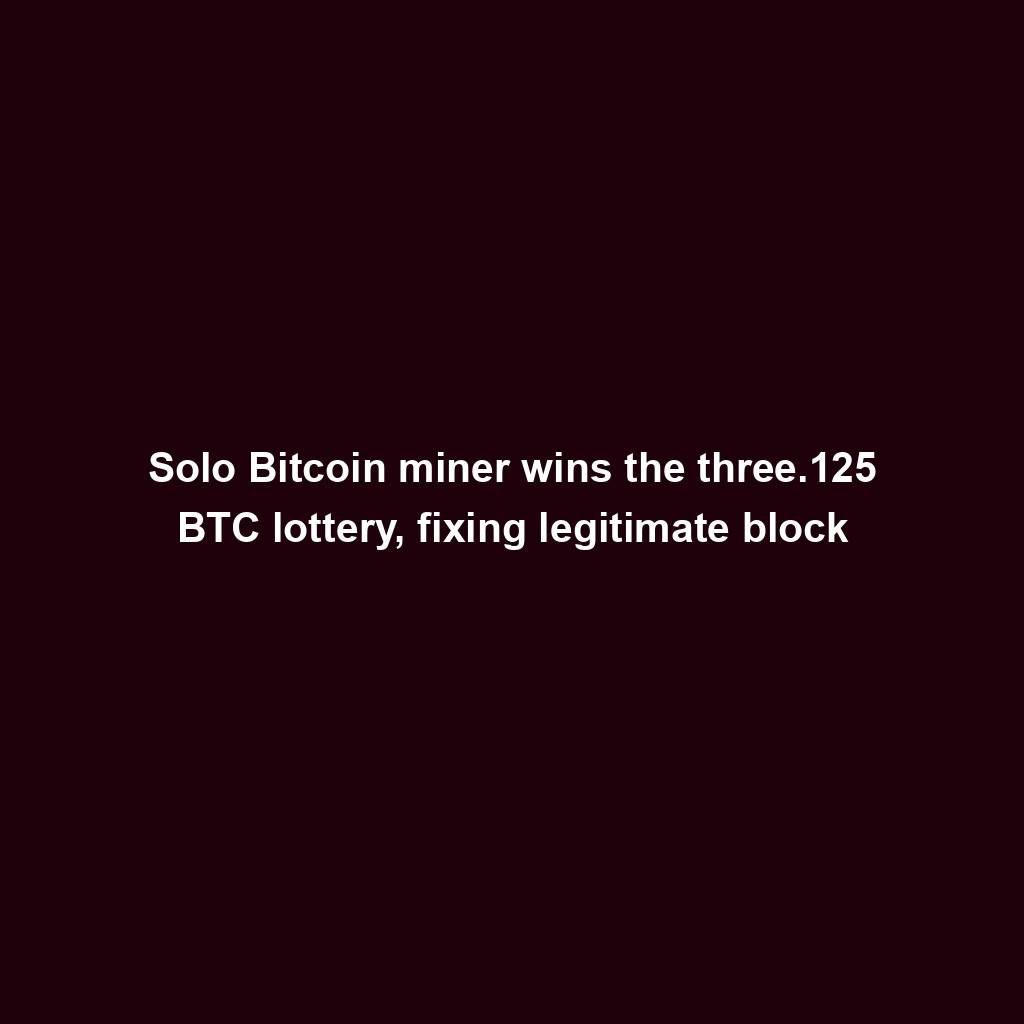
Ace Exchange Suspects Should Get 20-Year Prison Sentences: Prosecutors

Google Cloud's Web3 portal release sparks debate in crypto trade
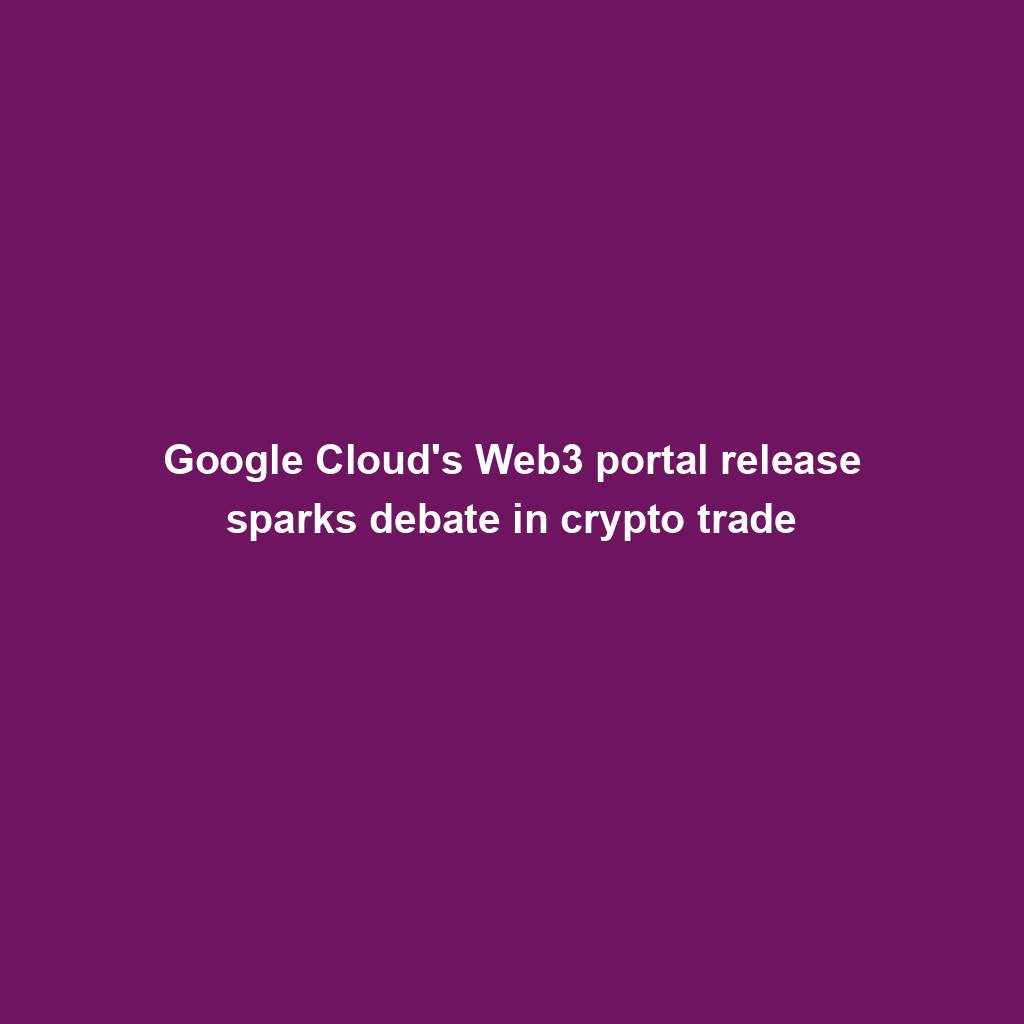
Bitcoin Primed For $77,000 Surge

Bitbot’s twelfth presale level nears its finish after elevating $2.87 million
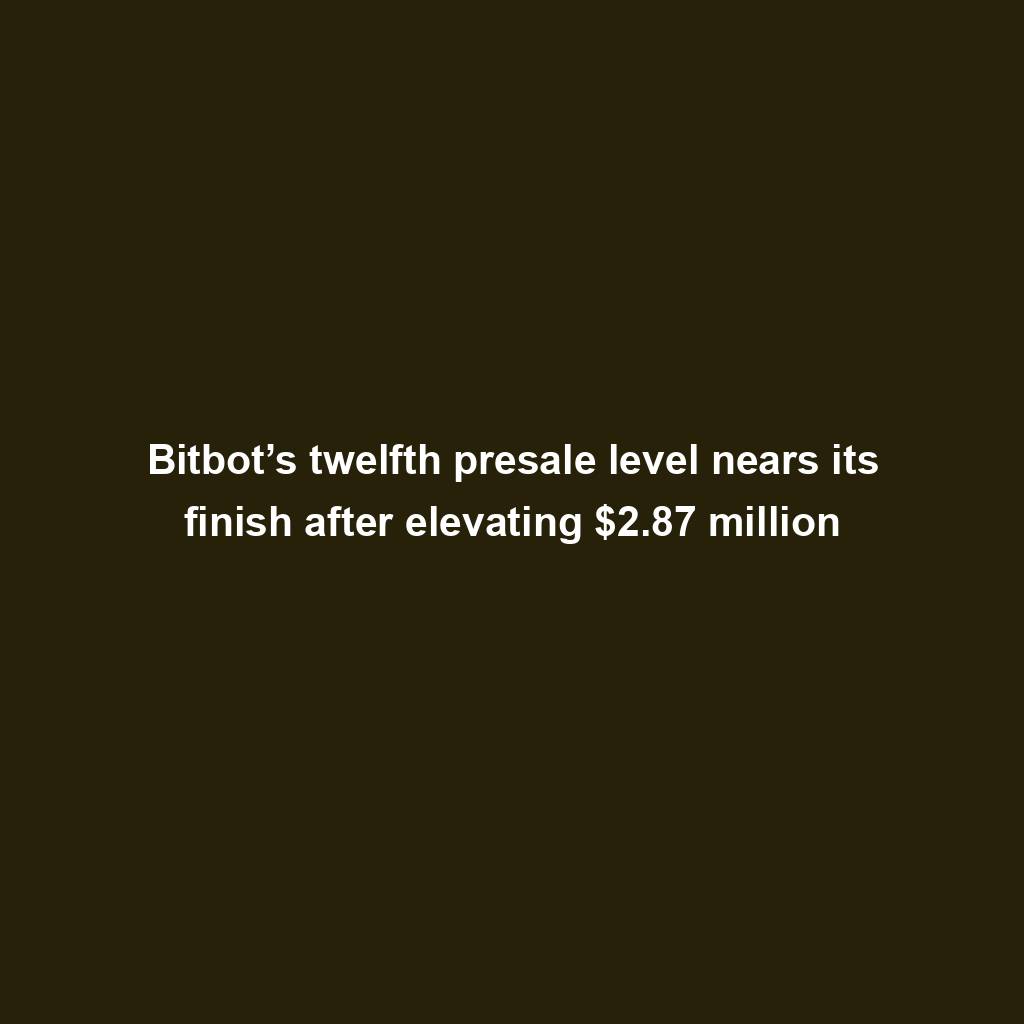
PANDA and MEW bullish momentum cool off: traders shift to new altcoin

Commerce technique: Ecommerce is useless, lengthy are living ecommerce

Republic First Bank closed by way of US regulators — crypto neighborhood reacts
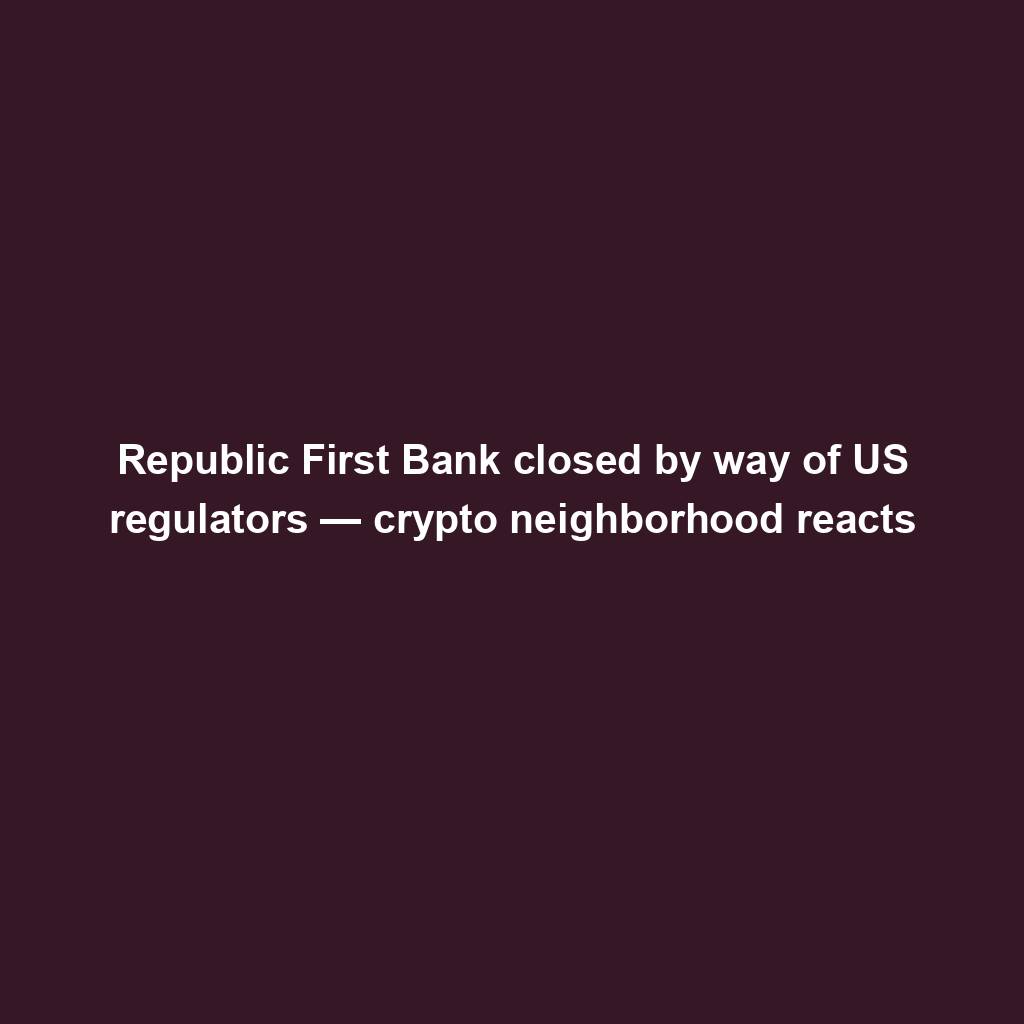
China’s former CBDC leader is beneath executive investigation

Bigger isn’t all the time higher: How hybrid Computational Intelligence development permits smaller language fashions
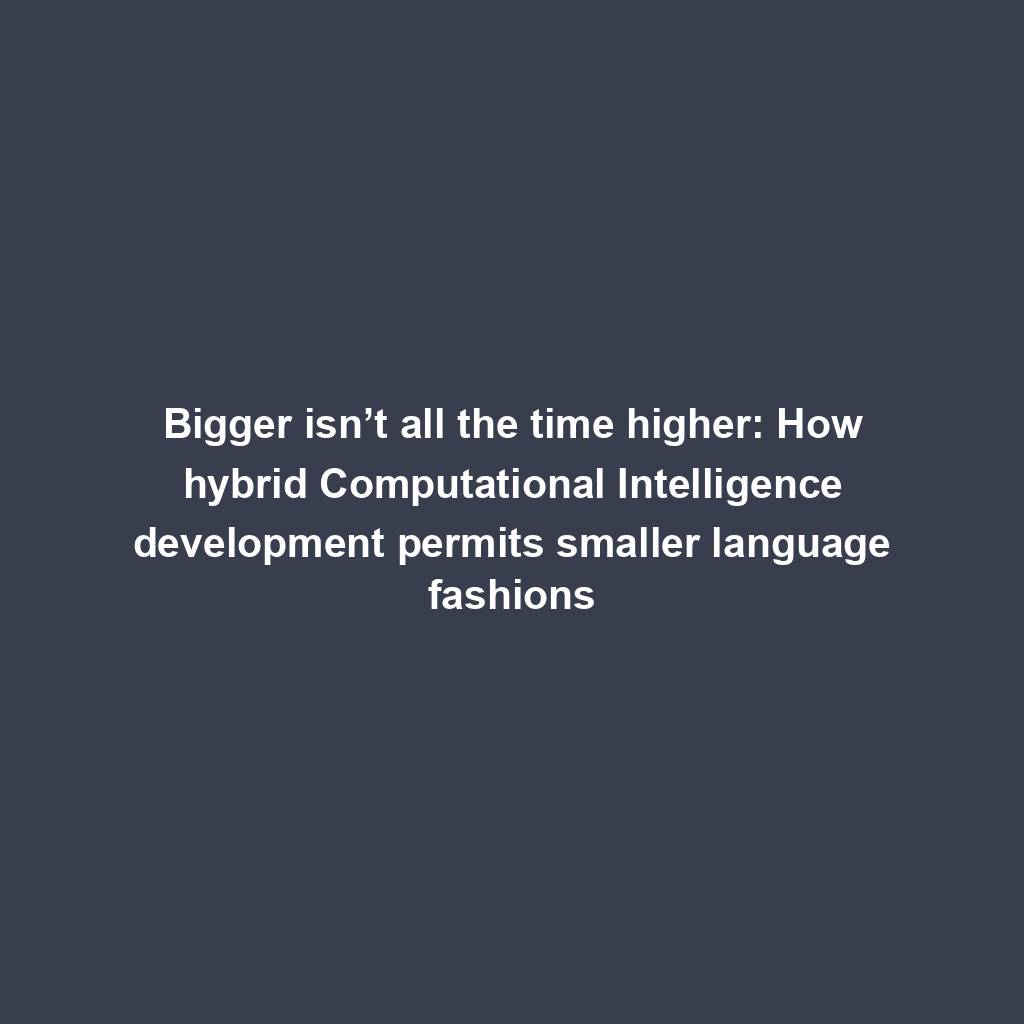
Pantera Capital buys extra Solana (SOL) from FTX
Successful Beta Service release of SOMESING, ‘My Hand-Carry Studio Karaoke App’

SEC sues Bitcoin miner Geosyn Mining for fraud; Bitbot presale nears $3M

Business procedure reengineering (BPR) examples

85% Of Altcoins In “Opportunity Zone,” Santiment Reveals
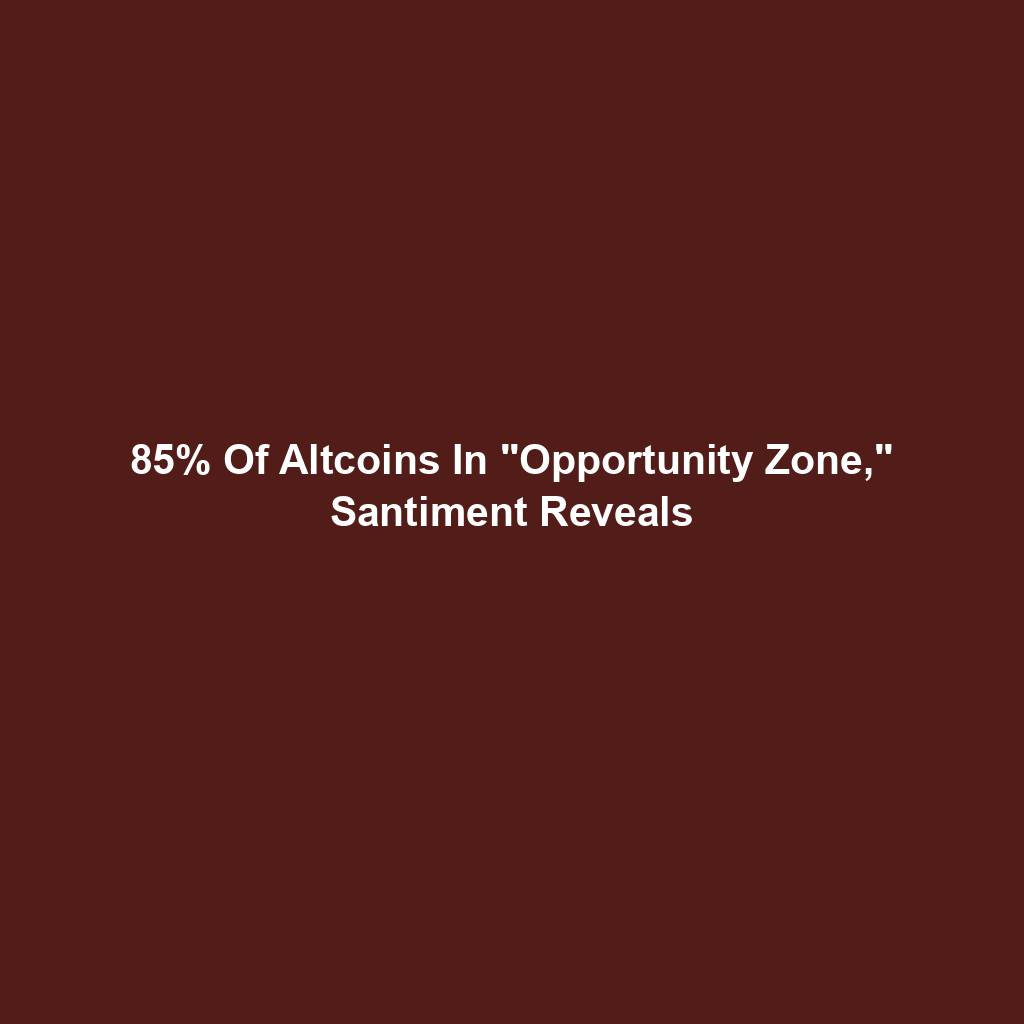
Sam Altman’s Worldcoin eyeing PayPal and OpenAI partnerships
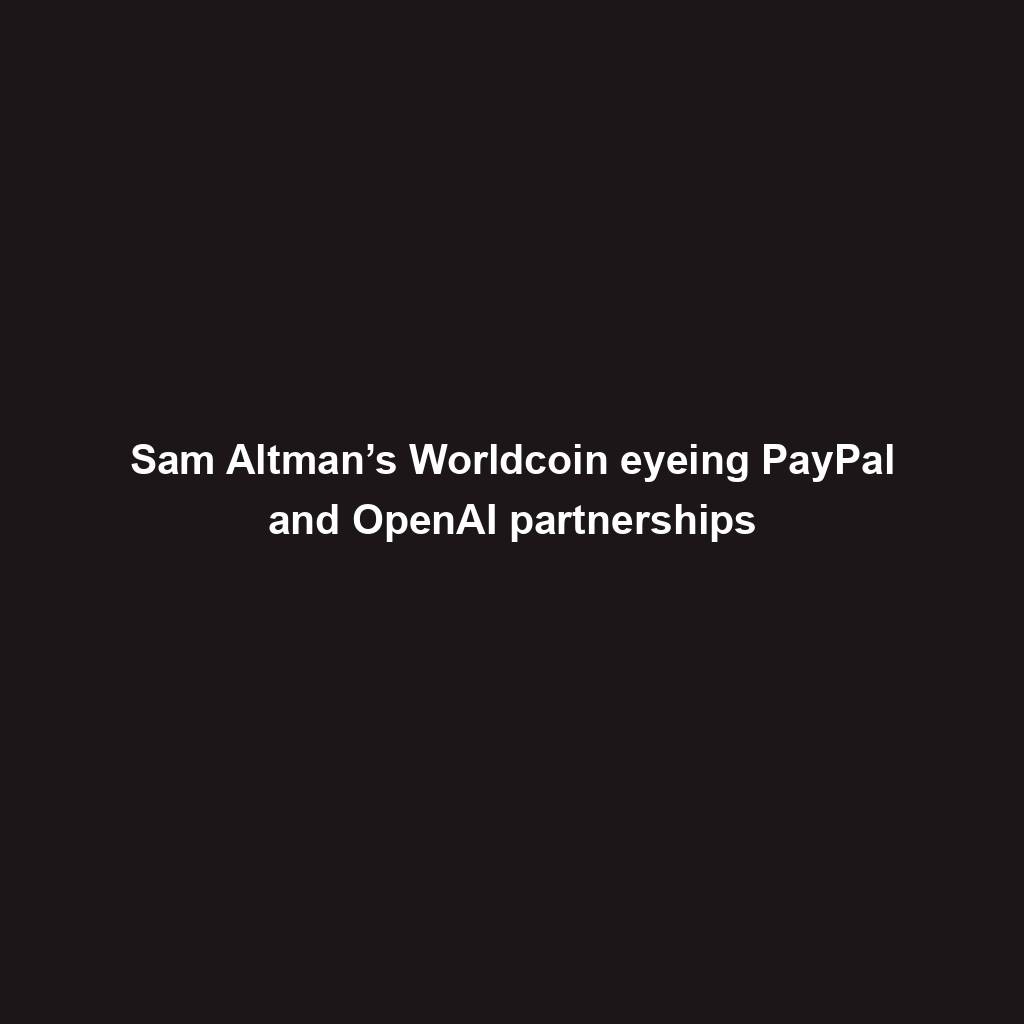
Artificial Intelligence transforms the IT strengthen enjoy
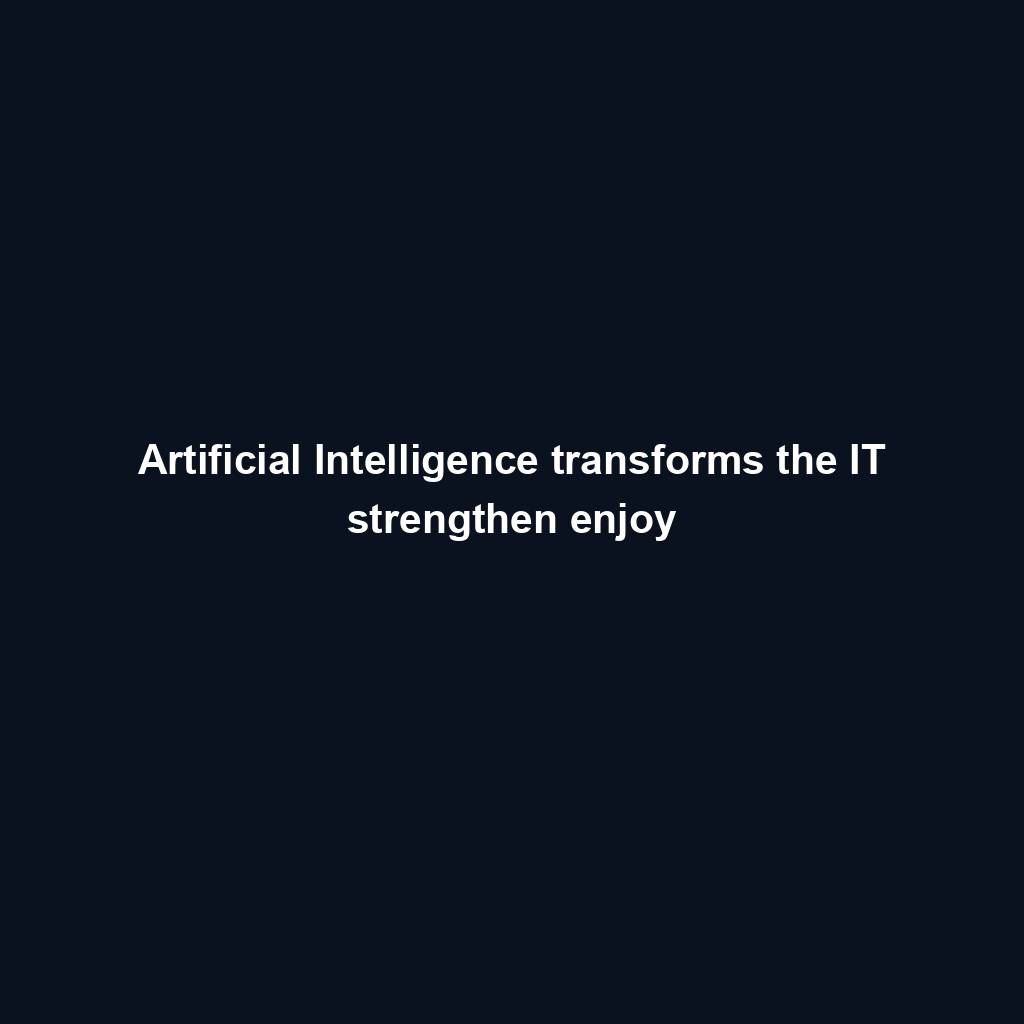
Franklin Templeton tokenizes $380M fund on Polygon and Stellar for P2P transfers
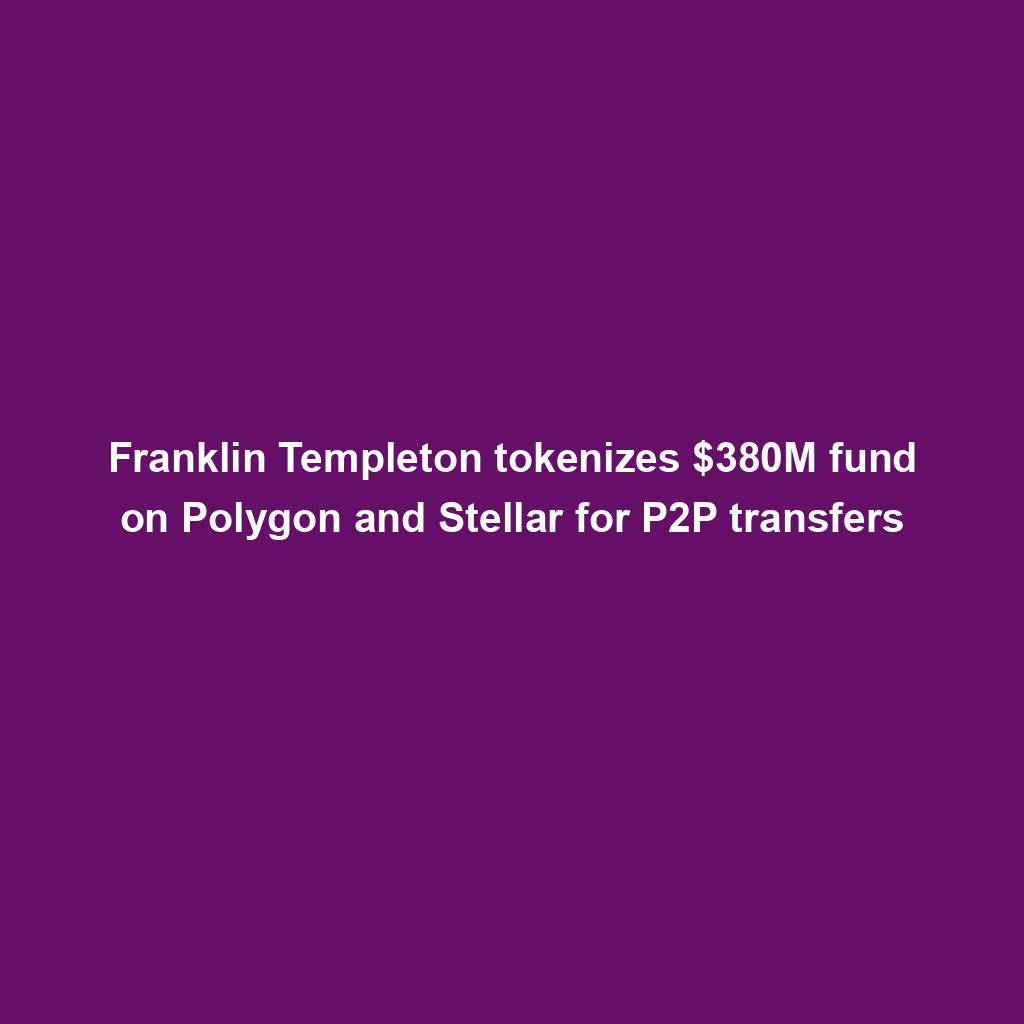
Meta’s letting Xbox, Lenovo, and Asus construct new Quest metaverse {hardware}

Shiba Inu (SHIB) unveils bold Shibarium plans as Kangamoon steals the display
